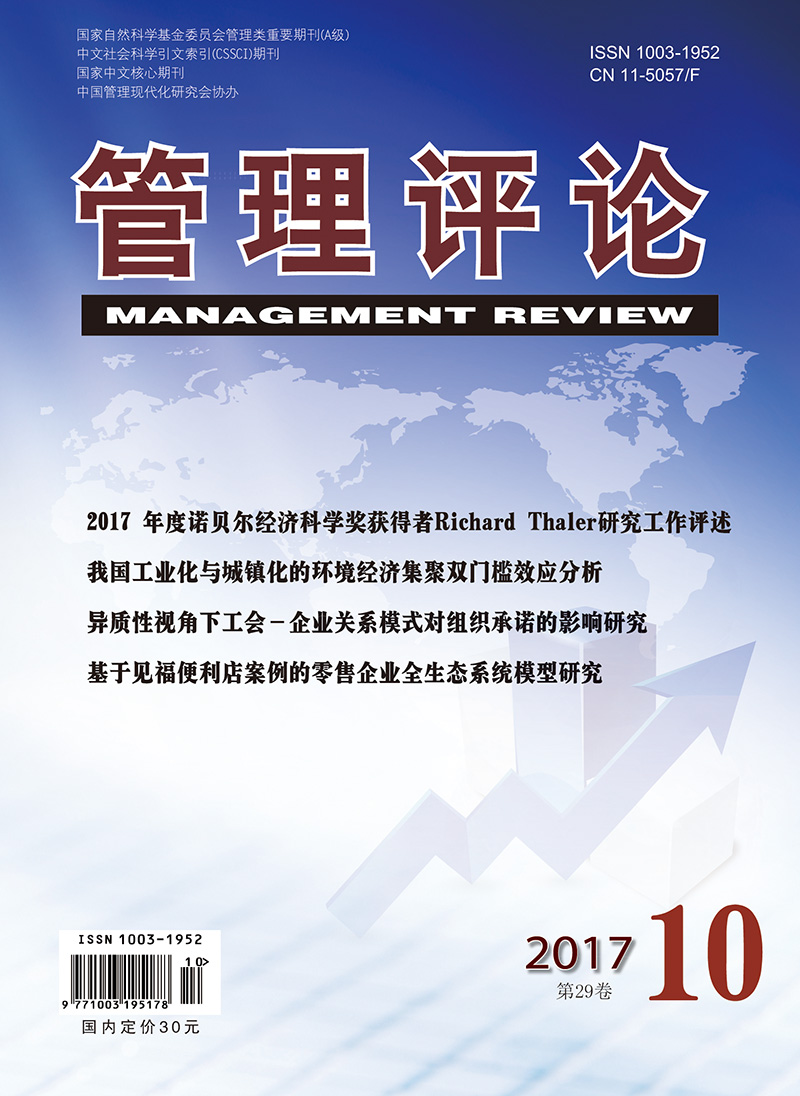In this paper, through establishing the threshold effect model of industrialization and urbanization and analyzing the spatial effect of environment economic aggregating, the "N-shaped" Environment Kuznets Curve between economic agglomeration and pollution agglomeration is verified, and the double threshold effect existing between industrialization and urbanization is also found. When the industrialization rate is between 41.67% and 44.89% or urbanization rate is above 88.50%, the economic agglomeration causes the lowest negative effect, the improving "turning point" is smaller and the deteriorating "turning point" is bigger in Environment Kuznets Curve. It means that economic development can quickly step over the "turning point" of the stage where faster development produces more pollution and step into a stage where faster development produces less pollution, thus putting off the arrival of next "turning point". By analyzing each province's current situation, future trend and characteristics of "turning point" between industrialization and urbanization in the "12th Five-year Plan" period, this paper offers some corresponding suggestions for each province to harmonize economic development and environmental pollution in the "13th Five-year Plan" period. To be specific, it is advised to prioritize the coordinated development of Jiangsu, Zhejiang and Shanghai, take the regional advantage of Beijing and Tianjin to drive the integrative development of Beijing-Tianjin-Hebei economic zone, promote the collaborative development of Guangdong and Fujian and deepen their cooperation as a part of the broader cooperation in Pan-Pearl River Delta region, and rely on the location advantage of Circum-Bohai Sea economic zone and Beijing-Tianjin-Hebei economic zone to realize the harmonious development of Shandong and Liaoning and break through the development bottleneck of Northeastern China.

